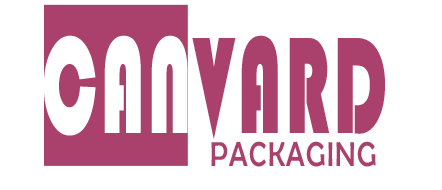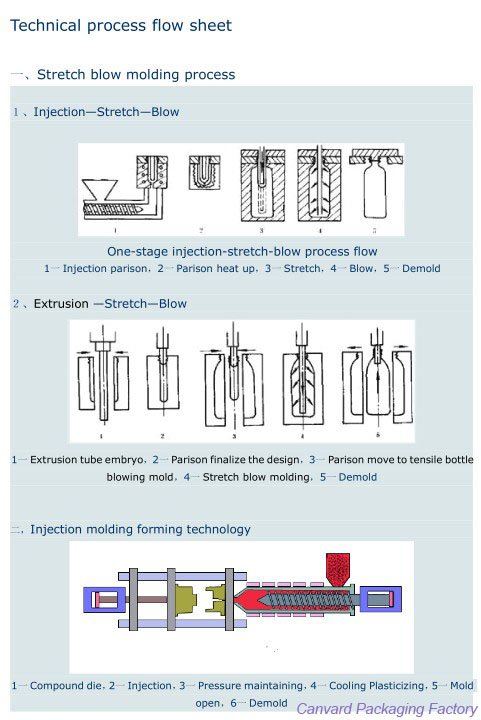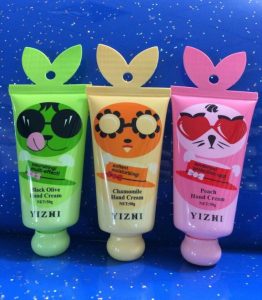Shortage of outdoor bottle packaging
Shortage of outdoor bottle packaging
Today, outdoor travel has become the ideal outdoor sports leisure way, also gradually to the attention of the people. Outdoor fishing is not just the elderly love, quite a number of young people also enjoy it.
According to the market situation of bait plastic bottle orders gradually increased every year, for a long time, plastic bottle manufacturer for bait packaging is seldom, and there is no professional technical support, some buyers have no choice, only can choose from the regular plastic packaging.
Purchase some simple ordinary plastic bottles, and after their late processing to meet the demand but in the process of fishing, is quite important, how easy it is to take the bait out from the packaging.
For Canvard Packaging, also has some simple bottle packaging that fits the baits.





